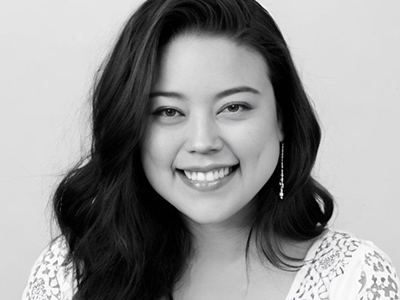
Masterworks Gallery, in Aukland, New Zealand, is a contemporary craft gallery run by mother-daughter team Christine Hedlund and Eloise Kitson. Together, they put a spotlight on the unique talent of New Zealand artists as well as help facilitate a dialogue about contemporary craft and the creative process.
Jessica Hughes: How did you get started with Masterworks? What made you decide to include jewelry in your exhibitions?
Eloise Kitson: When the job came up to work with the founders of Masterworks, I jumped at the chance to work in my area of interest—contemporary craft.
Jewelry was added to our exhibition program a few years after the gallery was established, to coincide with the growth in tertiary education for jewelry. With the many strong pioneers of contemporary jewelry in New Zealand/Aotearoa, like Warwick Freeman, Alan Preston, and Pauline Bern, contemporary jewelry in Aotearoa has blossomed into the vibrant scene we have today.
How does your mother-daughter team work? Are there challenges?
Eloise Kitson: My mother, Christine, and I are very alike; we have always shared similar interests and a similar sense of taste. It is really my mother I have to thank for my interest in art and craft. We visited any and all art galleries and museums we came across. With all our similarities, we get on very well. My role is as the managing director, taking charge of the overall running of the business and planning the direction we want the business to go. Christine and I both have input into what we show and the planning of future strategies for the gallery. Christine’s business experience means she handles administration. We have daily discussions about the contemporary craft arena in Aoteroa/NZ and overseas, constantly challenging the way we do things, always on the lookout for a better way.
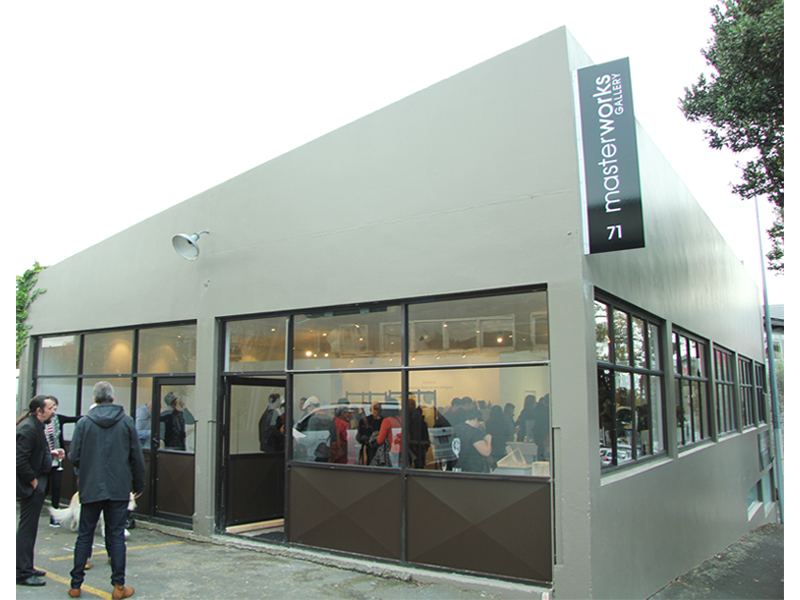
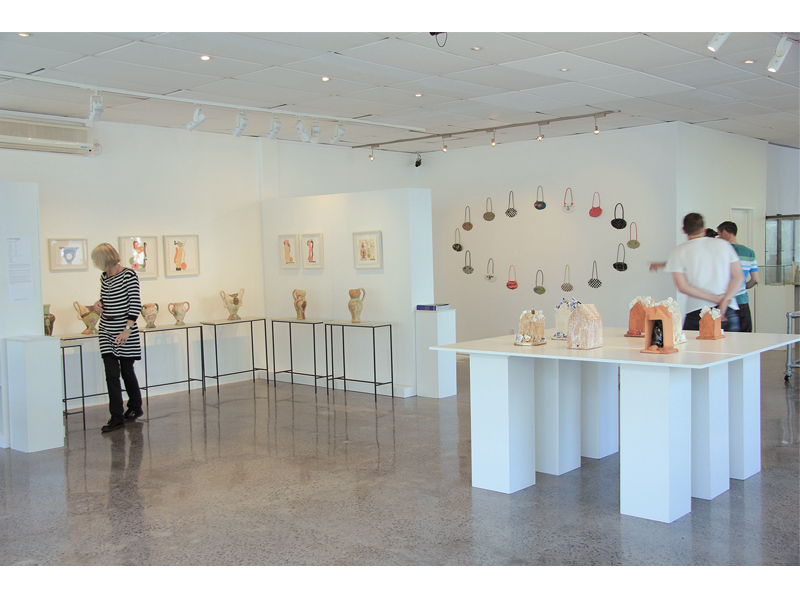
Masterworks features contemporary artists from New Zealand only. What prompted you to primarily show New Zealand artists?
Eloise Kitson: Our primary focus on artists from Aotearoa/NZ is because of the wealth of talent that exists here. We do of course also show several artists from elsewhere, in particular Australia, our close neighbor. There is naturally a great temptation to work with overseas makers, but as one of the few quality venues for contemporary craft in Aotearoa/NZ, we feel a strong commitment to the artists within our shores. There have certainly been occasions when a gap in a sector has led to a stronger overseas presence in the gallery.
Do you feel that New Zealand artists have a specific voice or identity? Are there certain conceptual theories or explorations that are significant to them?
Eloise Kitson: We do feel that artists from Aotearoa have a specific voice or identity. Our physical isolation has fostered a pioneering spirit that is still evident today. With such a short history in Pakeha (New Zealanders of European descent) terms, the tangata whenua–Maori (indigenous people of Aotearoa) have a much longer history. Pakeha have little baggage of tradition and expectations. Everything is game and is possible. That can of course mean that we can go all directions at once, which isn’t always advantageous. Our comparably short history means ideas about place and identity are strong and recurring. Our physical isolation, pioneering spirit, and “can-do” attitude mean that this search for what it is to be from Aotearoa can coexist at the same time as our desire to look out at and take inspiration from the wider world rather than our immediate surroundings. Perhaps this dichotomy of the discovery of self, distance, and the constant outward viewpoint are our specifically Aotearoa/NZ voice?
What do you look for when you’re selecting artists to exhibit?
Eloise Kitson: Christine and I look for a sense of self in an artist’s work and integrity to materials. Particularly so with contemporary jewelry, but also seen in other areas of craft, any material is a possibility and so is any process, but both have to be used in a way that elevates it from its origins. The same applies to conceptual thinking. Why is it important that what you are “saying” be said in a piece of jewelry, for example?
Is the conceptual side of the work important in your considerations?
Eloise Kitson: Yes, absolutely. Aesthetics are important and often the first response, but a concept delivered well makes something both exceptional and timeless.
In 2009, you established the THINKspace program to reflect the continuous changes in the contemporary craft movement. Can you explain how this program works?
Eloise Kitson: We are all fascinated with creative thinking and the behind-the-scenes working that takes place. Inspired by a jewelry graduate’s work where her ideas did not result in something wearable but were so compelling, we realized we needed a platform within which to show it. THINKspace offers a freedom to explore without the pressure of resolved/finished outcomes. It is a program that offers insight into the creative process for our clients and artists alike.

What changes are you seeing in contemporary craft today?
Eloise Kitson: Funding constraints and the recent decline in tertiary craft programs have meant a greater need for inventiveness for artists’ practice; makers no longer come through the usual channels. We have also noticed a breaking down of medium-specific boundaries within the various art forms, whether it be in materials or techniques.
This year you’re celebrating 30 years. How have you seen the art jewelry field change over that time?
Eloise Kitson: Over this time we have seen tremendous growth in the number and quality of makers due, in no small part, to the remarkable artists/teachers the sector has attracted. The result has been a more innovative use of materials and ideas, inventiveness, and the evolution of a stronger and more collaborative community.
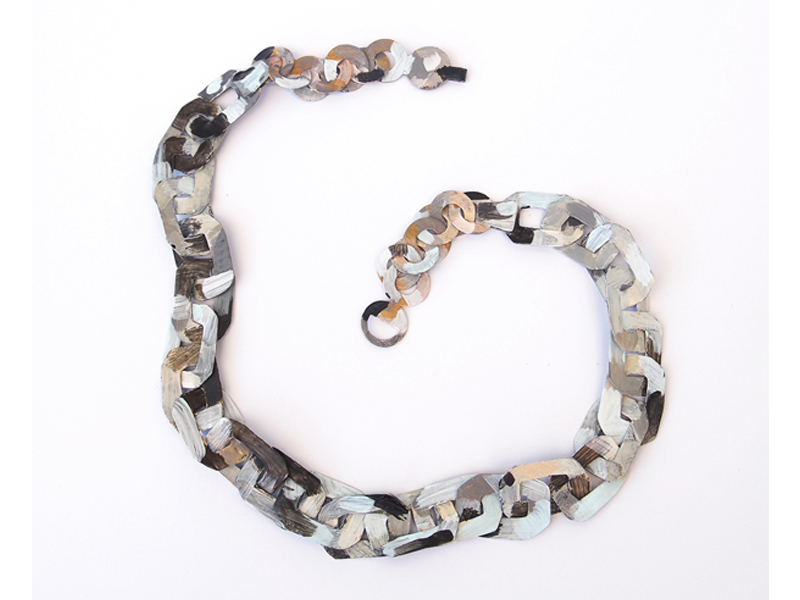
This coming April you’re having a 30th anniversary exhibition. Can you tell me about the type of work that will be on display? Is there any special concept or theme?
Eloise Kitson: We are planning an exhibition of a selection of 30 objects and 30 pieces of jewelry from both our founding artists along with more recent artists to the gallery. It will be a celebration of the past and future of the gallery.
What advice do you have for artists who are interested in showing with you?
Eloise Kitson: Know why you are making. Any material you use has got to be improved by your intervention. Techniques you use need to have a purpose. Take stock of what you make and know who you are as an artist. We are always interested in having a look, and if we feel we can offer you helpful feedback, we will.
Where do you see Masterworks in the future?
Eloise Kitson: We are looking to a greater presence overseas and aim to be the port of call for contemporary craft in the Southern hemisphere. You can never stop evolving and we both look forward to future opportunities.
Thank you.
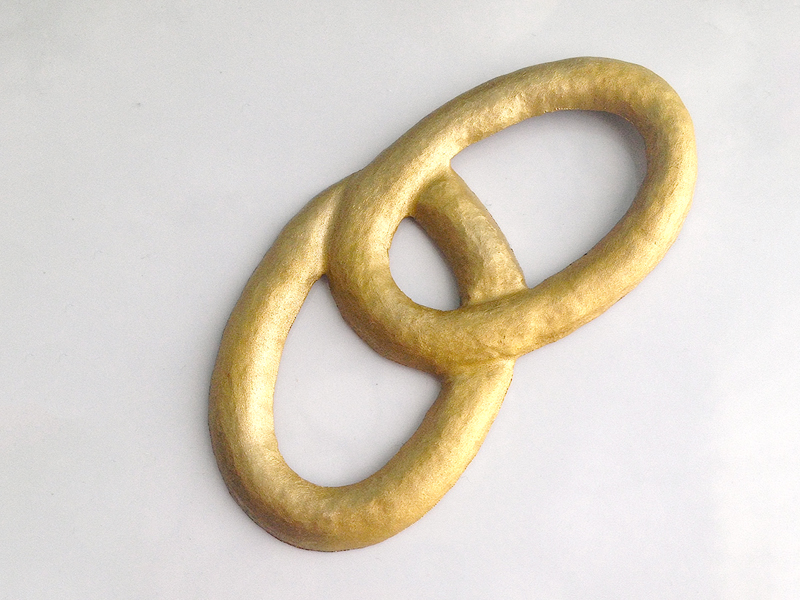
INDEX IMAGE: Eloise Kitson and Christine Hedlund, photo: Masterworks Gallery
